3 Reasons You Need a Bleeding Control Kit AND a First Aid Kit
- May 2, 2022

Did you know a bleeding control kit and a first aid kit both serve different purposes? Many assume each kit has a mixture of first aid and bleeding control items, but they actually include contents specific to first aid situations or bleeding emergencies.
Here are three reasons you need to have both readily available.
- Help Stop Blood Loss
When an injury occurs, you want to be prepared whether there is minimal blood loss or severe blood loss. A first aid kit is equipped with smaller bandages to help with minimal blood loss whereas a bleeding control kit is equipped with items to stop severe blood loss. Severe blood loss can cause death within five minutes and may occur from gunshot wounds, stabbing, or crushing. Using the provided tourniquet in the bleeding control kit gives the victim the best chance of survival.
- Help Reduce Infection and Injury
Avoiding infection and further injury is important when treating a first aid or blood-loss victim. Having items from both a first aid kit and bleeding control kit can help you treat the injury properly with all the necessary items as well as keep you, the rescuer, safe.
- Everything You Need in One Place
Time is of the essence in an emergency and having a first aid kit and bleeding control kit in the same place helps you treat the injured party as quick as possible. Instead of having to make do with just a first aid kit or just a bleeding control kit, you have all the necessities in one place. Many companies and organizations have a specific bleeding control cabinet to house their bleeding control kits and some first aid products.
Cardio Partners offers many different bleeding control kits and first aid kits based on your needs and will keep you prepared for any emergency whether big or small.
DISCLAIMER: Information and resources found on the aed.com website/blog is intended to educate, inform, and motivate readers to make their health and wellness decisions after consulting with their healthcare provider. The authors are not healthcare providers. No information on this site should be used to diagnose, treat, prevent, or cure any disease or condition.
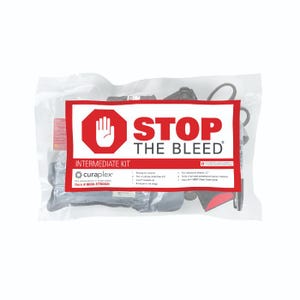

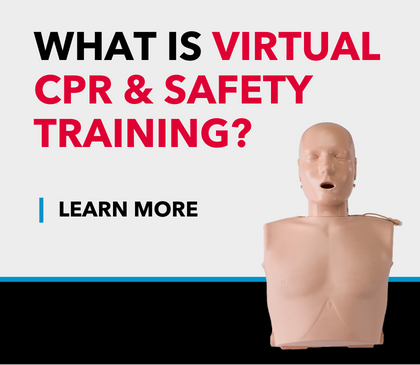




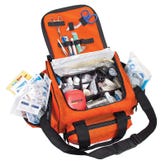
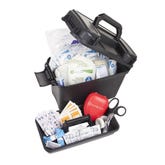
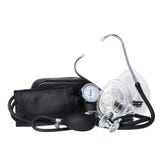
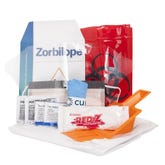
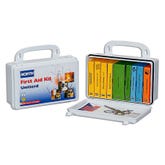
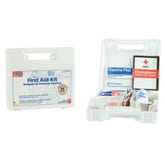
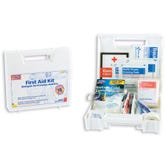
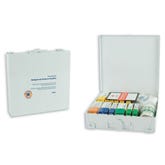
 CALL US:
CALL US: